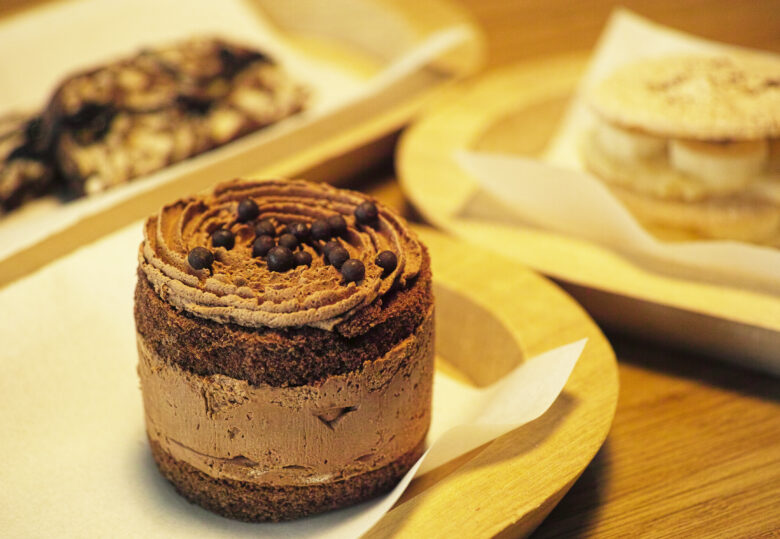Proofing, the final rise before baking, is a crucial step in bread-making that directly influences the texture, flavor, and overall quality of the finished product. By understanding how temperature and time interact during this phase, bakers can master the fermentation process and produce consistently delicious loaves. This article explores how temperature affects dough proofing and how you can control this variable for better results.
Why Proofing Is Critical in Bread-Making
Proofing is the stage where dough undergoes its final fermentation before hitting the oven. During this process, yeast ferments the sugars in the dough, releasing carbon dioxide gas that makes the dough expand. This not only affects the structure of the bread but also its flavor and aroma. A properly proofed loaf is light, flavorful, and well-risen.
Underproofing can result in dense, compact loaves with poor oven spring, while overproofing can cause collapse or weak structure. Therefore, understanding how to proof dough properly is essential to baking success.
What Happens During Proofing?
During proofing, yeast cells feed on the sugars in the flour and release carbon dioxide and alcohol. This trapped gas stretches the gluten network within the dough, creating bubbles and an airy structure. In addition, organic acids develop, enhancing flavor complexity and crust color.
The effectiveness of proofing is heavily influenced by time and temperature. Warmer conditions can speed up yeast activity, while cooler temperatures slow it down, extending fermentation and enhancing flavor depth.
How Temperature Affects Dough Proofing
Temperature is a critical factor in dough proofing. Warmer temperatures increase yeast activity, resulting in faster rises. However, if it’s too warm, the dough may rise too quickly, leading to overproofing and collapse.
Conversely, cooler environments slow yeast activity. While this extends the proofing time, it allows more flavor development through prolonged fermentation. Cold proofing—refrigerating dough for extended periods—is a technique often used in sourdough and artisan baking to enhance taste and improve structure.
Key takeaway: Temperature controls the speed of fermentation, which in turn affects dough structure, oven spring, and taste.
Recommended Proofing Temperatures by Dough Type
| Type of Dough | Recommended Temperature | Proofing Time |
|---|---|---|
| Standard Yeast Breads | 75–78°F (24–26°C) | 1–2 hours |
| Sourdough Breads | 70–75°F (21–24°C) | 3–4 hours or cold proofing for 10–16 hours |
| Sweet Doughs (e.g., Brioche) | 75–80°F (24–27°C) | 2–3 hours |
| Rye Doughs | 80–85°F (27–30°C) | 1–2 hours |
Source: King Arthur Baking
Techniques to Control Proofing Conditions
To achieve consistent proofing results, bakers must manage environmental factors. Here are a few techniques to help:
- Use a Thermometer: Monitor the ambient temperature and adjust as needed to stay within optimal proofing ranges.
- Create a Proofing Box: Place your dough in a turned-off oven with a bowl of hot water to maintain warmth and humidity.
- Refrigeration for Cold Proofing: Slows down fermentation, ideal for overnight proofs and flavor development.
- Observe Dough Behavior: Look for signs like increased volume, domed shape, and the dough retaining an indentation when gently poked.
Overproofing vs. Underproofing: What to Watch For
Recognizing the signs of improper proofing can help prevent baking mishaps. Here’s how to tell the difference:
- Overproofed Dough: Very puffy and fragile, often collapses easily, poor oven spring, and can taste overly sour or flat.
- Underproofed Dough: Tight, dense structure, minimal volume increase, poor texture, and lacks flavor complexity.
A helpful technique is the “poke test”: lightly press the dough with a floured finger. If the indentation slowly springs back, the dough is proofed. If it springs back quickly, it’s underproofed. If it doesn’t spring back at all, it may be overproofed.
Conclusion: Mastering the Balance for Perfect Bread
Understanding how temperature affects dough proofing is key to producing high-quality bread. By managing the proofing environment and observing your dough’s behavior, you can achieve consistent results that are both delicious and structurally sound. Remember, proofing isn’t just about watching the clock—it’s about recognizing how your dough responds to its surroundings.
Control your proofing, and you control your bread’s destiny!



